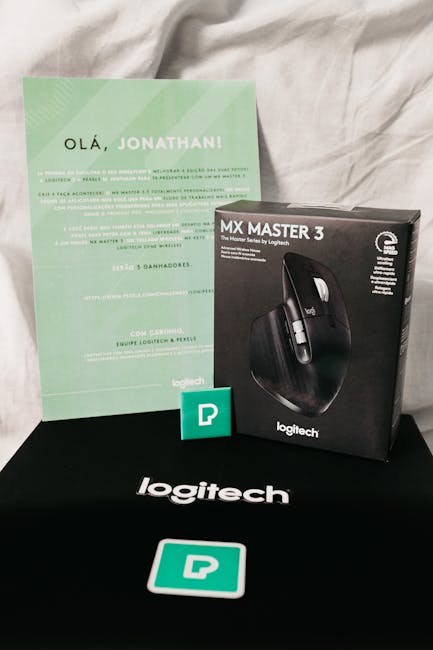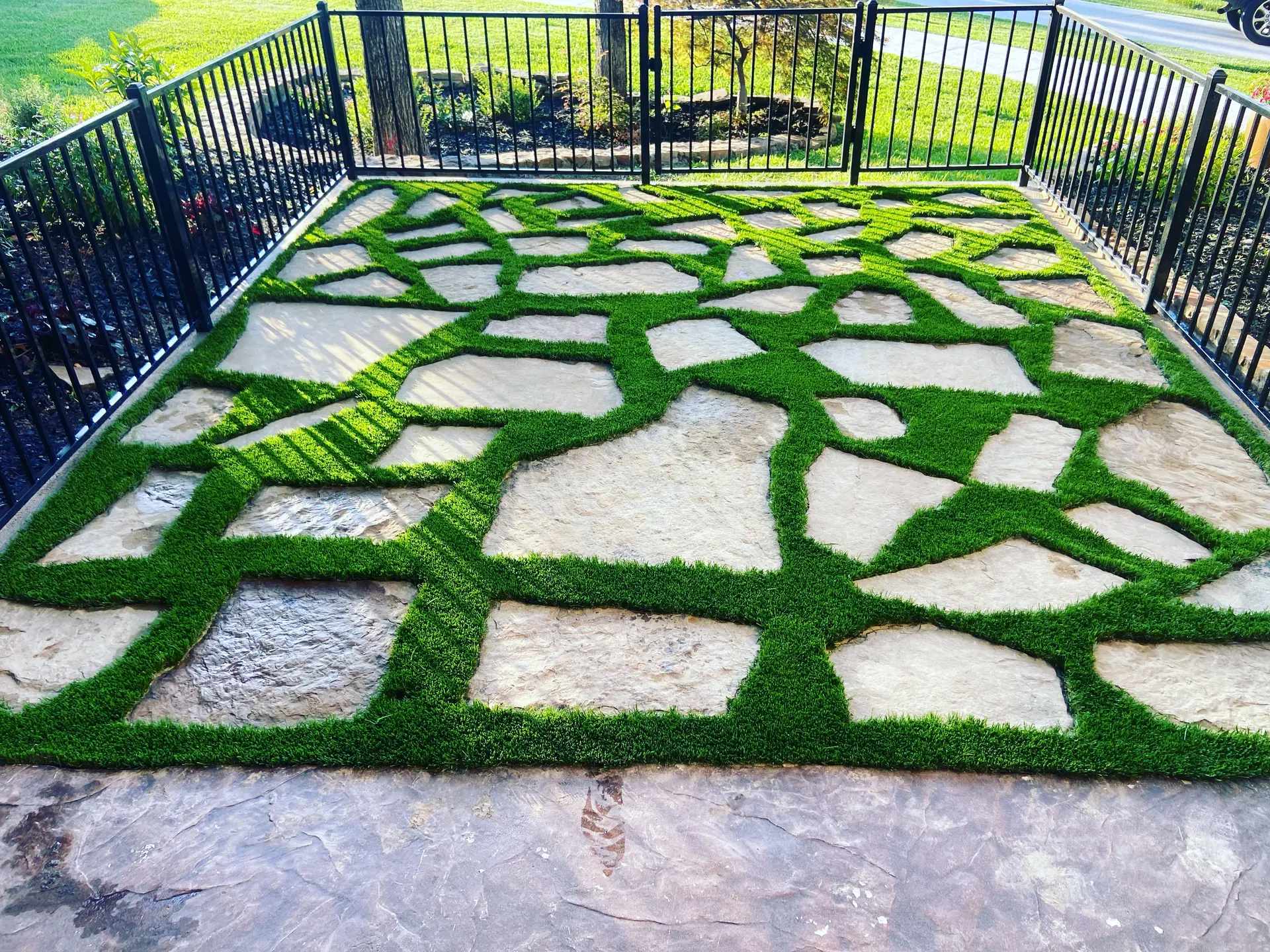
Evolution of Synthetic Turf: A Historical Perspective
The development of synthetic turf has undergone significant transformation since its inception. Introduced in the 1960s, the initial versions of synthetic grass were primarily used in sports stadiums. These early iterations were made of plastic fibers attached to a rubber backing and were designed to provide a consistent playing surface that could withstand heavy use.
One of the earliest adoptive cases was the Houston Astrodome, which installed the first major synthetic turf system known as “AstroTurf” in 1966. This marked a pivotal moment in sports facility management, offering a viable alternative to natural grass. However, it was soon recognized that the first-generation synthetic turf had limitations, including issues with player injuries and lack of aesthetic appeal.
The 1970s and 1980s saw the introduction of second-generation synthetic turf, which incorporated sand infill to improve stability and reduce abrasion injuries. Despite these improvements, challenges such as heat retention and joint stress persisted.
The evolution continued into the late 1990s and early 2000s with the emergence of third-generation synthetic turf systems. These advanced systems featured longer fibers made from polyethylene, combined with a mix of sand and rubber infill. This innovation enhanced both the look and performance of the turf, more closely mimicking the feel and playability of natural grass.
Today’s fourth-generation synthetic turf systems have further refined these technologies. Modern advancements include the use of organic infills such as cork and coconut husks, which address earlier concerns related to heat and environmental impact. Additionally, improvements in fiber technology have led to more durable, softer, and more realistic-looking fibers that enhance the aesthetic and functional qualities of synthetic turf.
The historical journey of synthetic turf reflects a continuous strive for enhancement and understanding. From initial, rudimentary fibers to complex, multi-material systems, each stage of evolution has brought about solutions to previous limitations, setting a foundation for ongoing innovation.
Material Innovations: Enhancing Durability and Aesthetic Quality
The ongoing advancements in synthetic turf technology owe much to innovations in materials used in both the fibers and backing systems. These enhancements not only improve the durability and aesthetic quality of synthetic turf but also contribute significantly to its performance in various environmental conditions.
One major innovation is the development of yarns made from advanced polymers. Companies like TenCate and FieldTurf utilize polyethylene, polypropylene, and nylon to create fibers that are resistant to wear and tear while maintaining a soft, natural feel. The use of polyethylene fibers, in particular, has gained prominence due to their balance between durability and comfort.
The advancements in polymer science have introduced UV-resistant and antimicrobial treatments to synthetic turf fibers. These treatments significantly extend the lifespan of the turf while maintaining its appearance and hygiene. UV-resistant fibers prevent degradation caused by prolonged sun exposure, which is crucial in maintaining the color and structural integrity of the turf.
Another noteworthy material innovation focuses on backing systems. The integration of advanced urethane and polypropylene in the backing ensures robust tuft bind, reducing the risk of fibers detaching over time. Multi-layered backing systems enhance dimensional stability, ensuring that the turf does not move or wrinkle even under heavy usage and varying weather conditions.
Infill materials have also seen substantial progress. Early iterations of synthetic turf relied heavily on infills such as crumb rubber derived from recycled tires. In recent years, the focus has shifted towards eco-friendly and player-friendly infills such as organic infill systems, which include coconut husks and cork. Such infill solutions offer better temperature regulation and reduce the overall environmental footprint.
Furthermore, the introduction of shock pads beneath synthetic turf systems has contributed significantly to player safety and comfort. These pads are designed to absorb impact, thus reducing the risk of injuries such as concussions. Typically made from closed-cell foam or elastomers, shock pads can maintain their performance characteristics over an extended period.
Aesthetic quality has not been overlooked in these material innovations. Synthetic turf now comes in more realistic color shades and texture that closely mimic natural grass. The addition of multicolored yarns and fibers of varying lengths adds to the realistic visual appeal, making synthetic turf scarcely distinguishable from natural grass.
Material innovations in synthetic turf are crucial for enhanced performance, extended durability, and improved aesthetics. These advancements make synthetic turf a viable alternative to natural grass in both playgrounds and sports fields, ensuring that safety and quality standards continue to be upheld.
Health and Safety Standards: Addressing Concerns and Ensuring Compliance
The development of synthetic turf technology has been accompanied by rigorous attention to health and safety standards. Ensuring that modern playgrounds are both safe and compliant with regulatory requirements is paramount.
Chemical Safety
Concerns over the use of chemicals in synthetic turf have prompted extensive research and regulation. It is well-documented that earlier versions of synthetic turf used materials that contained volatile organic compounds (VOCs), heavy metals, and other potentially hazardous substances. Modern synthetic turf systems, however, have been designed to comply with stringent safety standards to minimize these risks. Independent studies, such as those conducted by the U.S. Environmental Protection Agency (EPA), have found that properly installed and maintained synthetic turf fields do not pose significant health risks.
Injury Prevention
One of the primary considerations in synthetic turf design is the prevention of injuries. The combination of softer fibers and improved padding systems such as shock-absorbing underlayers helps in reducing the risk of falls and impact injuries. The Gmax test, which measures the impact attenuation of surfaces, is widely used to ensure compliance with safety standards. According to data from the National Center for Biotechnology Information (NCBI), synthetic turf with shock-absorbing layers significantly lowers the risk of concussions compared to older turf systems.
Heat Mitigation
Heat retention has been a long-standing issue with synthetic turf. Recent advancements have focused on temperature control technologies, such as heat-reflective pigments and cooling infill materials. Studies by Penn State University’s Center for Sports Surface Research indicate that synthetic turf with these features can reduce surface temperatures by up to 35 degrees Fahrenheit compared to traditional turf options.
Microbial Safety
Synthetic turf systems are also evaluated for their ability to resist microbial growth. Antimicrobial coatings and infills made from organic materials like cork and coconut fiber have been introduced to reduce the presence of harmful bacteria and fungi. Research published in the Journal of Applied Microbiology supports the efficacy of these materials in maintaining a cleaner and safer play environment.
Compliance and Regulation
The installation and maintenance of synthetic turf are governed by a range of standards set forth by organizations such as the American Society for Testing and Materials (ASTM) and the International Play Equipment Manufacturers Association (IPEMA). These standards cover aspects from material quality to safety performance, ensuring that synthetic turf products provide a secure playing surface for children. Regular compliance checks and certifications by accredited bodies provide additional assurance that playgrounds meet the required safety criteria.
In summary, advancements in synthetic turf technology have targeted several health and safety concerns. Through material improvements, better design, and compliance with rigorous standards, modern synthetic turf systems offer safe, reliable, and high-performing solutions for playgrounds.
Technological Integrations: Smart Features and Performance Monitoring
Integration of advanced technologies into synthetic turf systems represents a significant step forward in enhancing both the safety and performance of modern playgrounds. Various smart features and performance monitoring tools have been developed, leveraging contemporary innovations to ensure the optimal functioning of synthetic turf installations.
Smart Sensors and Data Collection
One of the critical advancements in synthetic turf technology is the incorporation of smart sensors. These devices are embedded within the turf to collect real-time data on various parameters, including surface temperature, usage patterns, and moisture levels. The data captured can help groundkeepers make informed decisions regarding maintenance schedules and ensure the playground’s surface remains in optimal condition.
For instance, sensors can alert maintenance teams when areas of the turf become overly compacted, a condition that can affect both performance and safety. This proactive monitoring allows for timely interventions, potentially preventing injuries caused by uneven surfaces.
Enhanced Performance Monitoring
Performance monitoring systems are another technological breakthrough in synthetic turf technology. These systems assess how the turf behaves under different conditions and usage levels, providing valuable insights into its performance. Metrics such as shock absorption, ball roll consistency, and force reduction can all be meticulously tracked.
Performance data is crucial for ensuring that the synthetic turf meets the rigorous standards required for various sports and recreational activities. By continuously monitoring these factors, facility managers can maintain a high-quality playing surface that benefits users by reducing the risk of injuries and enhancing the overall playing experience.
Integration with Mobile and Cloud Platforms
The data collected from smart sensors and performance monitoring systems is often integrated with mobile and cloud platforms. This connectivity allows real-time access to information, facilitating remote monitoring and management. Facility managers can receive alerts and updates on their mobile devices, enabling swift responses to any issues that arise.
Moreover, historical data stored on cloud platforms can be analyzed to identify long-term trends and patterns, aiding in planning and budgeting for future maintenance and upgrades. The integration of these platforms ensures efficient management practices and extends the lifespan of the synthetic turf installations.
- Real-time monitoring and alerts
- Remote management capabilities
- Data-driven maintenance scheduling
User Interaction and Customization
Technological integrations have also opened up new possibilities for user interaction and customization of the playgrounds. Some synthetic turf systems now feature interactive elements such as LED lights and pressure-sensitive modules that can be programmed for different games and exercises. These innovations not only make the playground more engaging for children but also allow for a tailored experience that can be adjusted based on the needs of specific user groups.
Customization options extend to the aesthetic aspects as well, including varied color schemes and logos, which can be altered to reflect school colors or other thematic elements, creating a multifunctional and vibrant play environment.
Effective Water Management Systems
Water management is another area where technological advancements have made a significant impact. Modern synthetic turf systems often include integrated drainage solutions that efficiently channel water away from the surface, preventing waterlogging and ensuring a safe, dry play area even after heavy rain.
Innovations such as permeable backing materials and advanced drainage layers contribute to these effective water management systems. The ability to quickly drain and dry the turf not only improves safety but also enhances the usability and longevity of the playground surface.
In conclusion, the integration of smart features and performance monitoring tools into synthetic turf technology is revolutionizing the way modern playgrounds are managed and enjoyed. These advancements ensure that playgrounds remain safe, functional, and engaging for users, aligning with the overarching goals of enhancing both safety and performance. As technology continues to evolve, further innovations are expected to bring even greater improvements to synthetic turf systems.
Environmental Impact: Sustainability and Recycling Initiatives
The environmental impact of synthetic turf has been a topic of considerable discussion in recent years. Advancements in technology have led to significant strides in sustainability and recycling initiatives aimed at mitigating the ecological footprint of synthetic turf systems.
One of the primary environmental benefits of synthetic turf is the reduction in water usage. Traditional natural grass fields require substantial amounts of water for maintenance, particularly in arid climates. Synthetic turf eliminates the need for irrigation, conserving a crucial resource. According to the Synthetic Turf Council, a single synthetic field can save between 500,000 to 1,000,000 gallons of water annually.
In addition to water conservation, modern synthetic turf systems are designed with recyclable materials. Many manufacturers now produce turf using polyethylene, polypropylene, and other polymers that can be repurposed. When the turf reaches the end of its useful life, it can be recycled into new turf products or other synthetic materials, thereby reducing waste. According to FieldTurf, a leading manufacturer, their Revolution 360 turf is fully recyclable, and they have established programs to facilitate the recycling process.
Another important aspect of sustainability in synthetic turf is the use of infill materials. Traditional infill often included crumb rubber derived from recycled tires, which raised environmental and health concerns due to the potential release of volatile organic compounds (VOCs). However, recent innovations have introduced alternative infill materials such as organic materials, silica sand, and thermoplastic elastomers (TPE). These options not only reduce environmental impact but also address health concerns associated with crumb rubber.
Furthermore, some manufacturers are incorporating bio-based materials into their products. For instance, AstroTurf offers a product line that utilizes organic infill made from coconut husks and cork. Such bio-based infills are biodegradable and contribute to the overall sustainability of the turf system.
Energy efficiency is another area of focus. The production of synthetic turf has become more energy-efficient over time due to advancements in manufacturing processes and the use of renewable energy sources. Companies are increasingly adopting practices such as using solar power and optimizing manufacturing operations to reduce carbon emissions.
Lastly, synthetic turf fields reduce the need for chemical pesticides, herbicides, and fertilizers required for natural grass maintenance. This reduction in chemical usage has positive ramifications for soil and water quality, as well as overall ecosystem health. By minimizing chemical runoff, synthetic turf contributes to the preservation of surrounding natural environments.
In conclusion, the synthetic turf industry is making significant efforts to enhance the environmental sustainability of its products. Through water conservation, the use of recyclable materials, the development of alternative infills, the incorporation of bio-based components, energy-efficient manufacturing, and the reduction of chemical usage, synthetic turf is evolving to become a more eco-friendly option for modern playgrounds and sports fields.
Case Studies: Successful Implementations in Urban and Rural Settings
Case studies on synthetic turf implementations provide valuable insights into real-world applications, highlighting both the challenges and successes experienced in diverse settings.
Urban Playgrounds
In urban areas, the scarcity of green spaces has led to the innovative use of synthetic turf to create inviting and safe play environments for children. One notable example is the installation of synthetic turf in Central Park, New York City. The project focused on replacing natural grass fields with synthetic options to ensure durability against high foot traffic and reduce maintenance costs.
During this implementation, several key outcomes were observed:
- Durability: The synthetic turf endured heavy usage without significant wear and tear, maintaining its aesthetic quality throughout the year.
- Maintenance: The switch to synthetic turf reduced the costs and efforts associated with regular watering, mowing, and pest control.
- Safety: Advanced shock absorption layers were integrated, decreasing the likelihood of injuries from falls and collisions.
Rural Playgrounds
In rural settings, the focus often shifts toward creating play spaces that are both affordable and sustainable. A case study from a small community in Iowa illustrates the successful deployment of synthetic turf in a new playground. The community aimed to provide a robust play surface that could withstand varied weather conditions while being cost-effective in the long term.
The following results were highlighted:
- Weather Resistance: The synthetic turf remained intact and functional across different seasons, including harsh winters and hot summers.
- Community Engagement: The installation fostered a greater sense of community, as residents participated in the planning and maintenance stages.
- Cost Efficiency: Initial investments in synthetic turf were offset by savings on water usage and reduced groundskeeping expenses.
Comparative Outcomes
The table below summarizes the comparative outcomes of synthetic turf installations in urban and rural playgrounds:
| Outcome | Urban Playgrounds (e.g., Central Park) | Rural Playgrounds (e.g., Iowa Community) |
|---|---|---|
| Durability | High | Moderate |
| Maintenance | Low effort, high cost saving | Low effort, moderate cost saving |
| Safety | Enhanced with shock absorption layers | Adequate for varied weather conditions |
| Community Engagement | Moderate | High |
These case studies offer concrete evidence of the benefits and practical implications of synthetic turf in different environments, underscoring its versatility and effectiveness in enhancing playground safety and performance.


